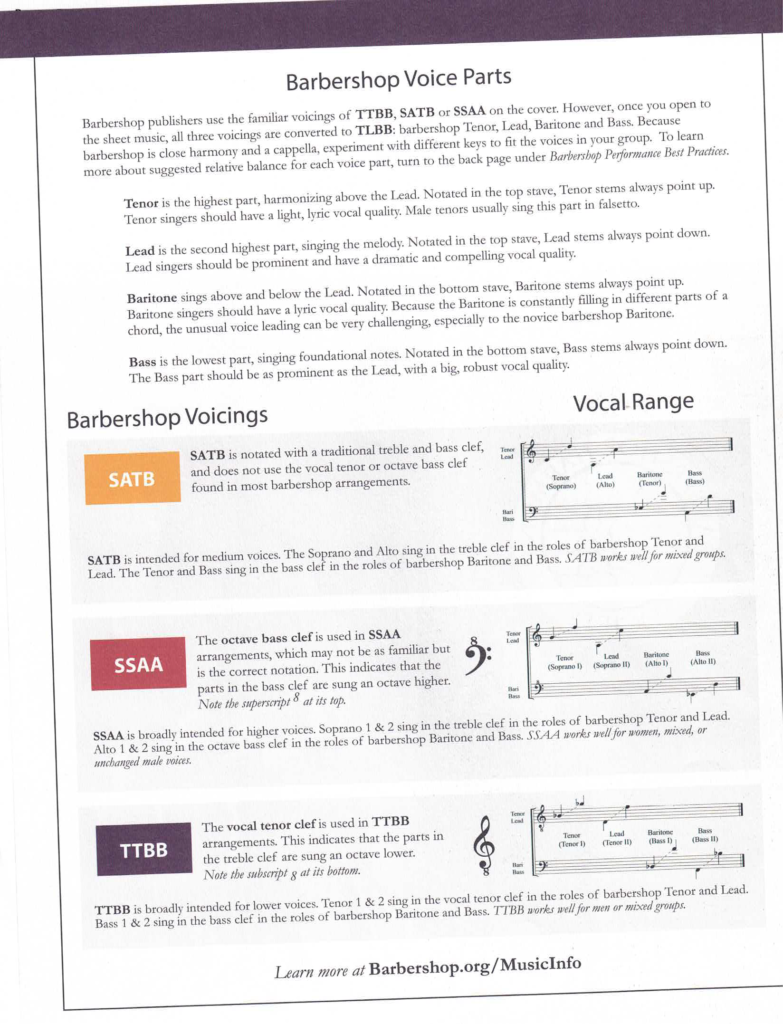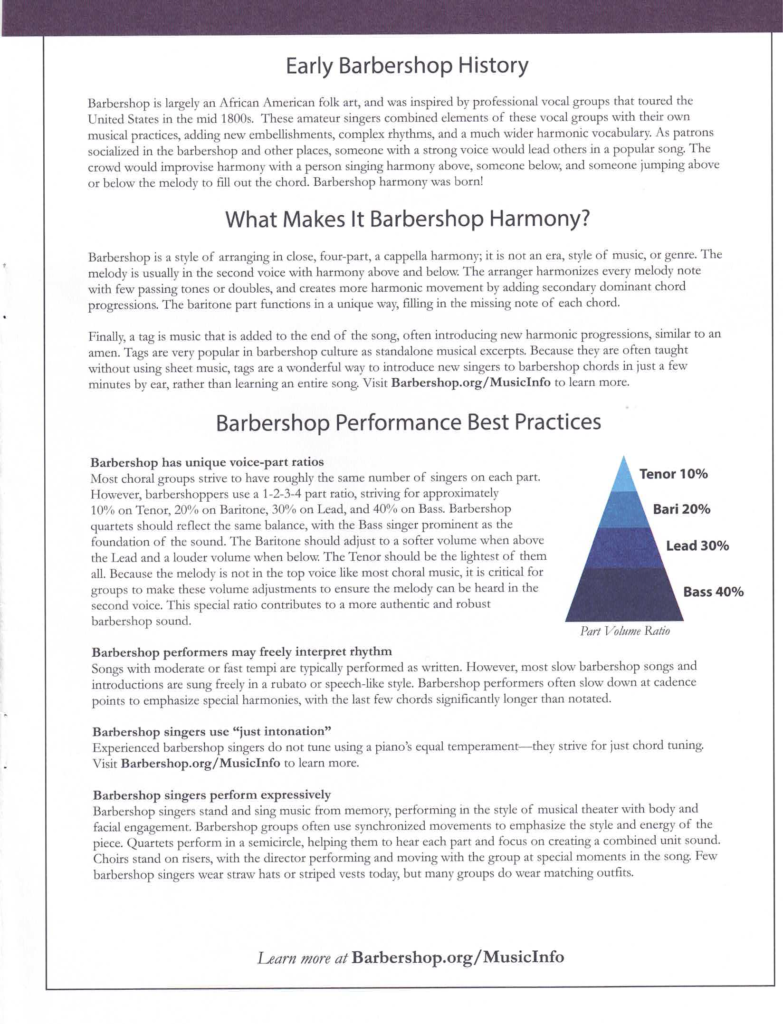I like all kinds of singing: barbershop, opera, popular, folk…it’s all good. So recently I read an article posted on an opera company’s website and couldn’t resist sharing the key points with you. I’ll include the link so you can read the entire article if you like. But here’s the take-a-way.
- Singing makes you feel better. There’s an increasing amount of evidence that singing releases endorphins, serotonin and dopamine – the ‘happy’ chemicals that boost your mood and make you feel good about yourself. Scientists believe that’s one of the reasons why people report being on a high during choir sessions and continuing to feel positive, uplifted and motivated afterwards. Singing also counts as an aerobic activity as it introduces more oxygen into the blood leading to better circulation – and a better mood.
- Singing enhances lung function. We often take our lungs for granted, but most of us rarely use them to their full capacity. The way singing requires you to breathe makes you do just that, increasing your lung capacity as well as engaging the muscles around the rib cage.
- Singing helps you beat stress and relax. As well as benefiting our lungs, breathing properly and with more awareness is good for releasing anxiety and helping us transition to a state of rest and relaxation. If you’ve had a bad day, give singing a go.
- Singing helps improve memory. Singing can help improve mental alertness, memory and concentration as it involves focusing on multiple things at once, engaging many areas of the brain in the process. Music is also increasingly becoming a feature of dementia care, in part because it has proved to be a powerful tool in sparking memories often long after other forms of communication have diminished.
- Singing builds a sense of community. Singing is a fantastic communal activity. Singing with other people, whether in the flesh or on screen, can help build connections and feelings of togetherness. Recent research has also shown that the sense of merging our self with others that we experience by synchronizing our voices with others is a great way to fast-track social bonding. There’s also the pleasure to be found in sharing an interest, ensuring you always have something to talk about before or after the session.
- Singing lets you express yourself. Singing is the perfect way to let go and express how you feel. And, when you sing in a group, there’s the added fun of watching other people enjoying themselves too!
- Singing can help with pain relief. By supporting wellbeing and giving participants a healthy dose of joy, singing can be beneficial for people who experience pain. It helps them shift from yet another day ‘enduring pain’ to having joyful, fun times and feeling connected to others.
- Singing boosts your confidence. Many people get nervous at the thought of performing in public, but singing in a group can actually help boost your confidence and fire up your self-esteem – and the more you do it, the more confident you’ll feel. Good posture is also a key factor in hitting the high notes, so you’ll find you’re naturally standing taller by the end.
- Singing features in well-being studies. The University of Leeds is so convinced of the impact music can have that they offer a MA in Music and Wellbeing, exploring in more depth the relationship between engaging with music and the positive effects on health and happiness. Dr Freya Bailes, who leads the MA, says: “Singing with others contributes to positive mood, is engaging, promotes relationships with others, is experienced as meaningful, and can afford a strong sense of accomplishment.” Surveys conducted over the past 20 years by Chorus America also substantiate a direct connection between singing and a sense of well-being experience by singers, not just while singing but throughout their life.
- Singing is for Everyone! The good news is, it doesn’t matter whether you think you can sing in tune or not: the health benefits will still be the same. As Oliver Rundell (Opera North Chorus Master) puts it: “Everybody has a voice and everybody can sing. It’s a brilliant way of just giving yourself some time. Simply tune out the rest of the world and enjoy the physical sensation of breathing in and creating a note with your body.”
Published February 1, 2023 by Opera North, Leeds, UK


